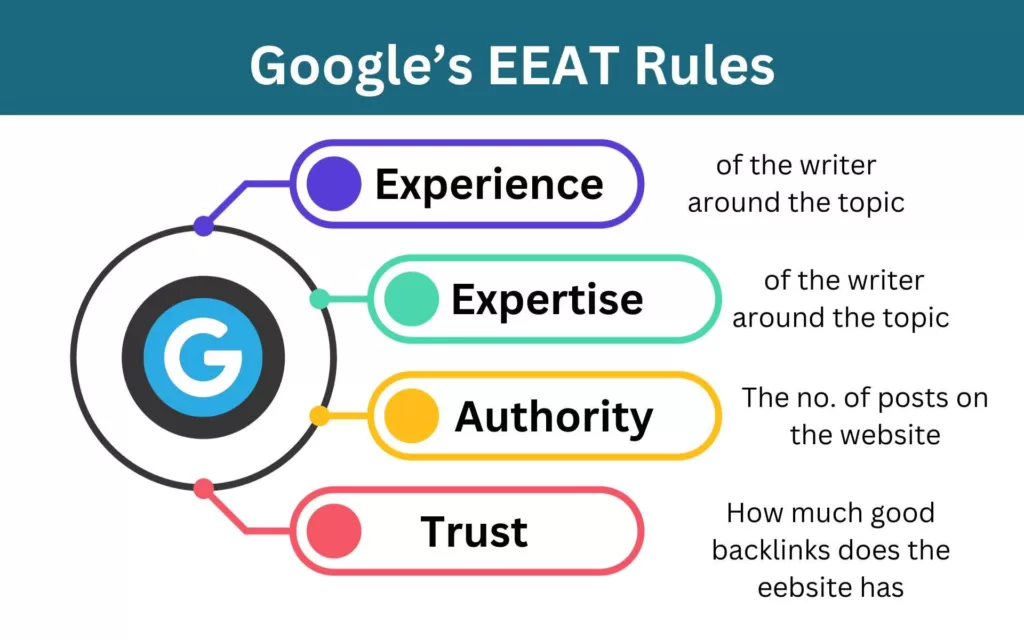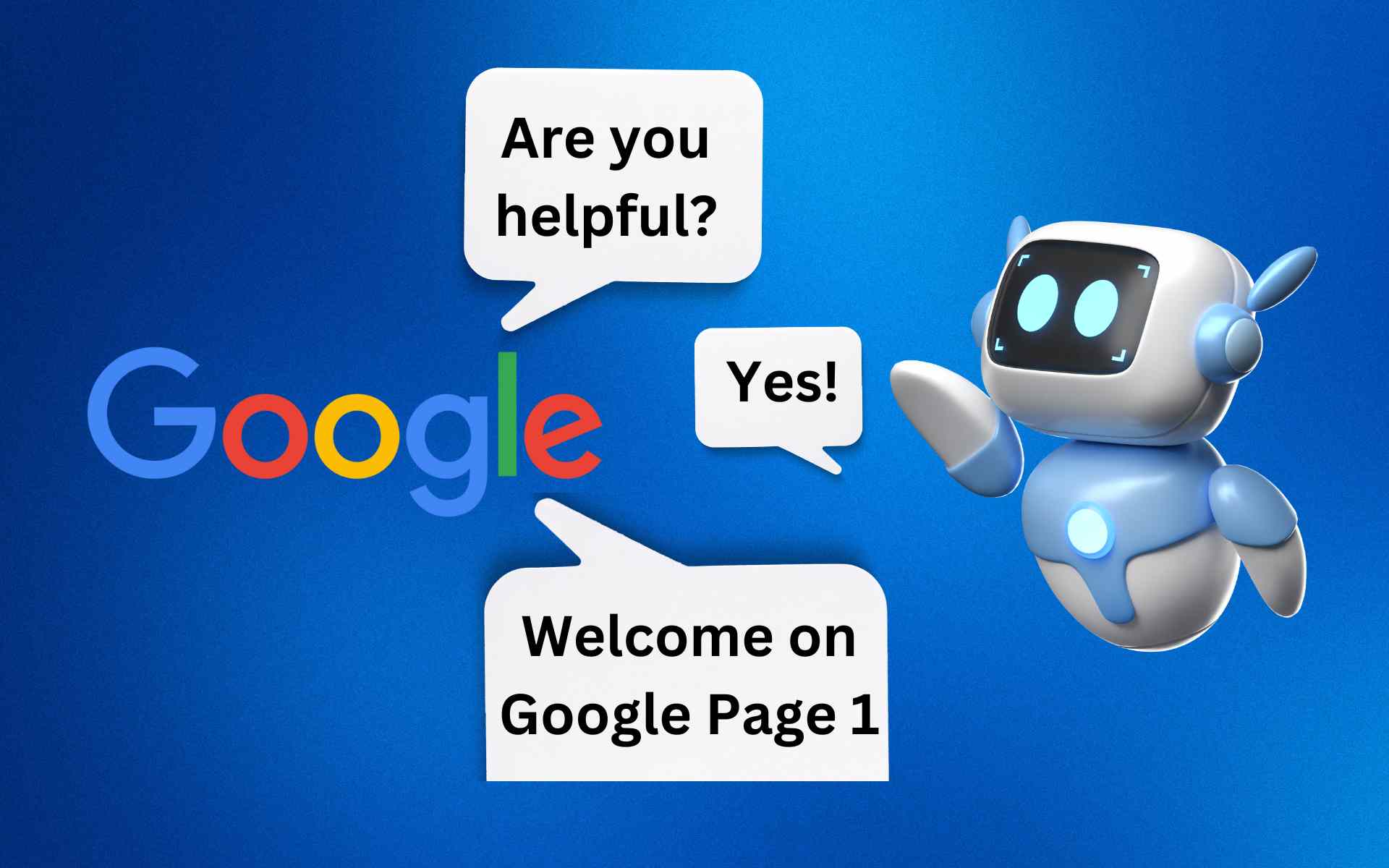Overall using AI content is good and even sometimes Google like it. Google now views content as either high quality or low quality and does not care how it has been produced.
However, to perform well on SEO and get organic traffic from Google, you need to make sure of two things:
- Your content is helpful.
- It adds some real information to the internet.
Table of Contents
1. Ensuring AI Content is Helpful
An easy way to ensure if your content is helpful or not, is by checking its demand. There are several ways how you can see if there is a demand for a type of information.
- Google Keyword Planner
- Keyword Research Tools like Ubersuggest, Ahrefs and SEMrush.
- Question-Answer websites like Quora, Also Asked, People Also Ask, etc.
- Google Trends
List of All Factors That Contribute To Helpful Content
- Original Information, Reports, Research or Analysis
- Substantial Or Comprehensive Description of the Topic
- Insightful Analysis
- Interesting Information
- Even if its not an original topic, does it add more value to existing information.
- A good title and description. Do not add suspense here. Reveal everything.
- Avoid exaggeration and clickbaits.
- A page that someone could bookmark or share with others.
- Something which could be referenced by another publisher. In SEO, we call these as “Linkable Assets”.
- Gives the reader a satisfying experience and they do not need to read more.
2. Ensuring Real Value Addition in AI Content
What makes an information rank-able on Google is that it adds some real value to the already present information on the internet. The content has to ensure it is useful, helpful, original and satisfies the EEAT Rules.

This is where most GPTs get it wrong. They just spin content. So rather than asking it to write an article, ask for an advice or give it a situation.
For example, I am an SEO and has recently discovered a fast ranking technique. Let’s assume this information is not available on the internet.
Therefore, Google has no choice but to feature my article at the top. However, I have seen that the process is a little slow. (Indexing>Backlinks>Helpful Update>Ranking)
Few Tips That Help Me Create EEAT Content
- Viewers should be able to see who wrote the content.
- Pages need “byline” which provide additional information like: Also Read, Note, Suggestion, etc.
- Declare that the content was AI generated, wholly or partially.
- Content shows first hand knowledge. Add personal experiences here.
- Content aligns with the primary purpose of the website.
Frequently Asked Questions
Does Google punish AI content?
Yes, but only when you are mass producing AI article with little or zero value addition.
Does Google index and rank AI content?
Yes, as long as the content is helpful in some way Google has no problem in indexing and ranking.
Can a blog rank in Google with translated or AI generated content?
Yes, if there is no other valuable piece of human created information, Google has no choice but to rank an AI generated article.
How can I give a human touch to my AI generated content?
There is a simple way of adding human touch through personalized experiences which helps Google know that the content was generated under expert supervision and it would help someone.




